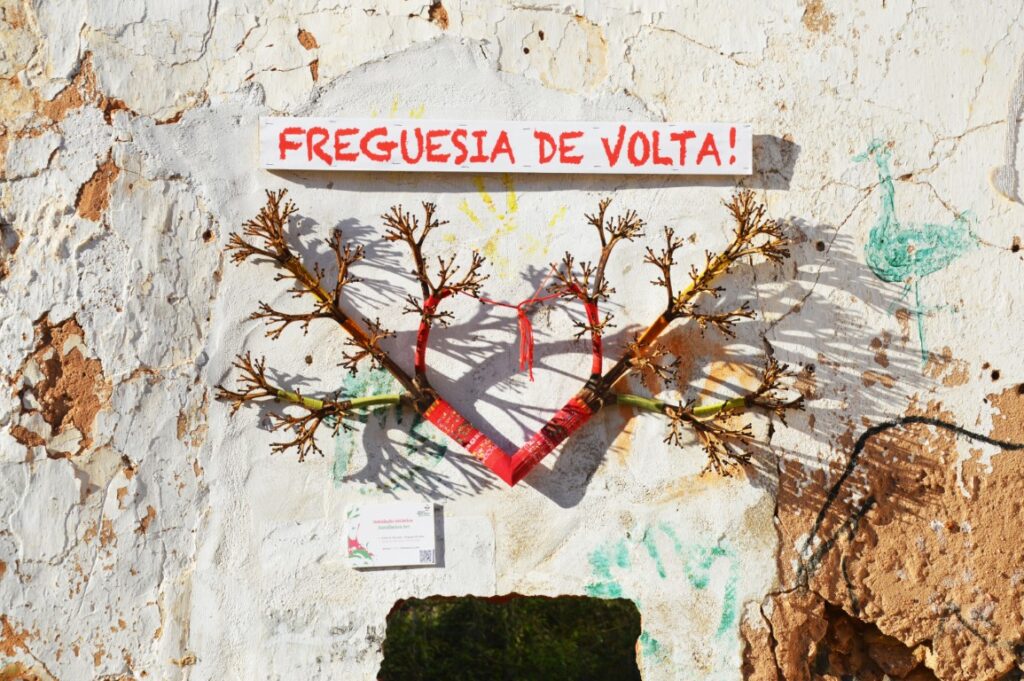The reversal of parishes added in 2013 will only be approved by deputies elected in the next legislature, between July 2024 and March 2025, taking into account the electoral calendar planned for the coming years.
The law prevents changes to the administrative map of parishes in the six months prior to any electoral act, so the creation of new parishes can only occur in the next legislature, from July 2024, a period after the legislative elections, on 10 March, and the European ones, in June.
On the other hand, the approval of the reversal of parishes will only be possible until March 2025, taking into account the expectation that these municipalities will already be able to vote disaggregated in the municipal elections in September of that year.
The new law for the creation, modification or extinction of parishes, which came into force on December 21, 2021, allows parishes added in 2013 to revert the process to the conditions they had prior to aggregation, through a special transitional mechanism and simplified.
After completing all the formalities required at the local level, parliament received within the deadline, which ended on December 21 last year, 182 draft proposals for the desegregation of aggregated parishes, according to the working group.
However, around 140 of them were considered incomplete, meaning more elements were requested from the respective parish assemblies, according to a report from the working group that in parliament monitors the parish desegregation process.
The procedure is currently at the stage where the targeted authorities are responding and sending the requested elements to parliament.
According to the simplified mechanism, parishes could request the reversal of the process if the aggregation had been “based on a manifest and exceptional error that causes harm to the population” and if they meet certain criteria, such as the ability to provide services to the population (which requires at least least one headquarters building) and demonstration of effectiveness and efficiency of public management, namely economic and financial viability.
In addition to other information, the working group is demanding budget projections, for at least two years, and the latest management account of the parish union.
The law also establishes a minimum number of voters, which is 750 in most parishes and 250 in parishes in interior territories, and this is the criterion that could prevent the disintegration of many of these parishes, as they do not have enough voters.
One of the data requested from parish assemblies by the working group is the number of voters they had on the date the desegregation request was approved.
Regarding the geographical origin of the desegregation requests received by parliament, Braga (31), Porto (28) and Aveiro (21) are the districts with the most requests, followed by Santarém and Viseu (12), Lisbon (11), Beja and Castelo Branco (10), Coimbra (09), Évora and Faro (08), Guarda, Leiria, Setúbal and Viana do Castelo (with 04 each), Portalegre (03), Vila Real (02) and Bragança (01).
The 2013 administrative reform reduced the number of parishes from 4.259 to 3.091.



















Comments